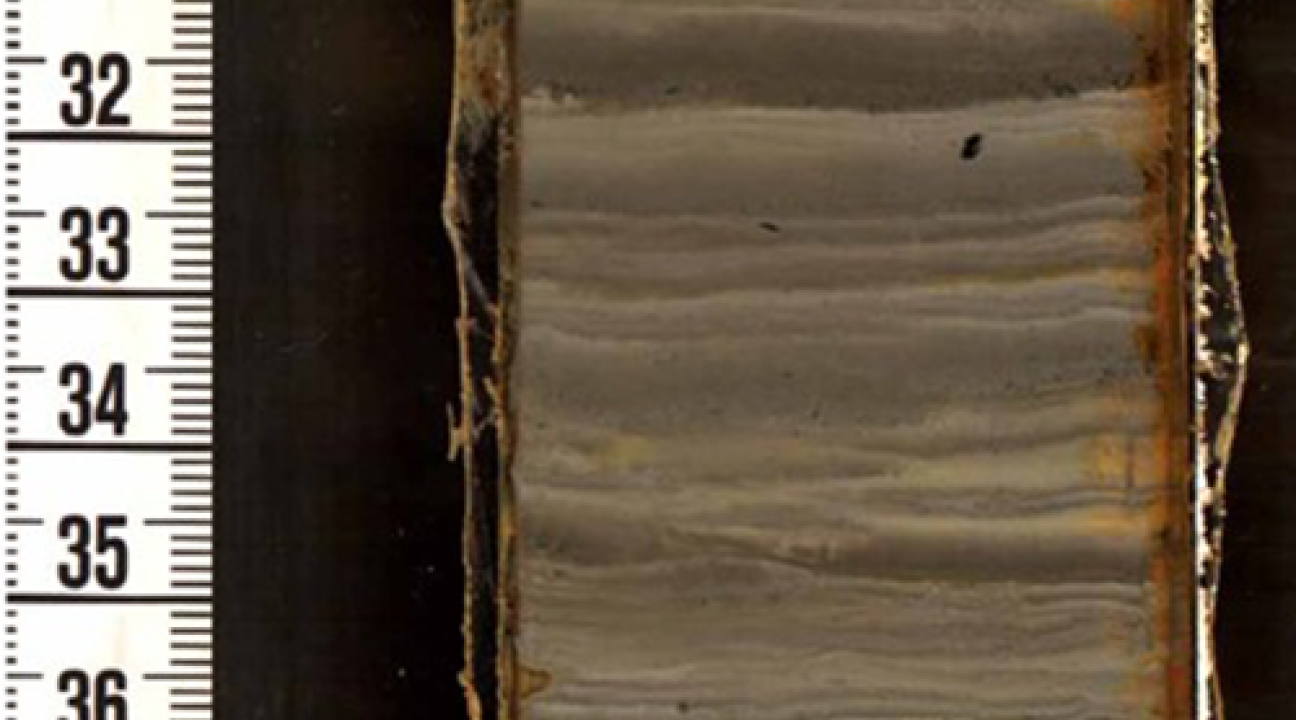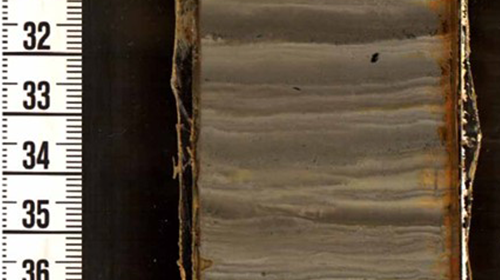Goman: Recording 5,000 years of environmental change in Oaxaca. Mexico
Goman, M., Joyce, A., Lund, S., Pearson, C., Guerra, W., Dale, D., Hammond, D.E. and Celestian, A.J., 2018. Preliminary results from Laguna Minucúa: a potentially annually resolved record of climate and environmental change for the past∼ 5000 years in the Mixteca Alta of Oaxaca, Mexico. Quaternary International, 469, pp.85-95. https://doi.org/10.1016/j.quaint.2017.01.027
Despite several decades of research focusing on prehispanic human ecology, debate continues over the impact of climatic and anthropogenic landscape change on human populations in Mesoamerica. One problem in identifying the cause of this change is the lack of high-resolution paleo-environmental data from many regions. The southern Mexican highlands, in particular, have yielded few paleoenvironment data, yet have a rich and diverse cultural history.
The sedimentary record from Laguna Minucúa, located within the Sierra Madre del Sur, Oaxaca, offers an exceptional opportunity to address human and environmental interactions in the region. Minucúa is a small (∼0.25 ha), currently shallow pond with no apparent inlets or outlets. We retrieved two sediment cores from the site (3.5 m and 5.6 m long). The cores are highly laminated. Core chronology was developed with paleomagnetic secular variation data and compared with couplet counts and limited radiometric measurements. These data indicate that the Minucúa record at least spans the last ∼4500 ± 100 years. We discuss preliminary results that assess long-term environmental change for the region through examination of geochemical and magnetic susceptibility data. In particular, we discuss in more detail a 500 year time slice which encompasses the period known as the “Classic Collapse.” The record indicates overall dry conditions but with two extended wet periods experienced between 1160 and 1120 cal yr BP and 1060–1000 cal yr BP We place our findings in the context of current archaeological and paleoclimatological research in Oaxaca.



